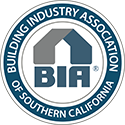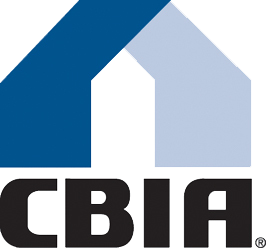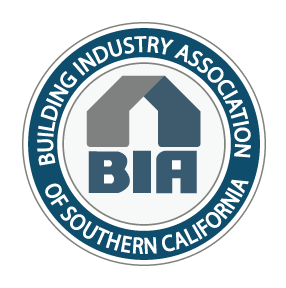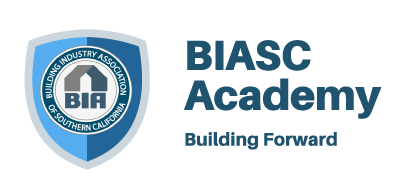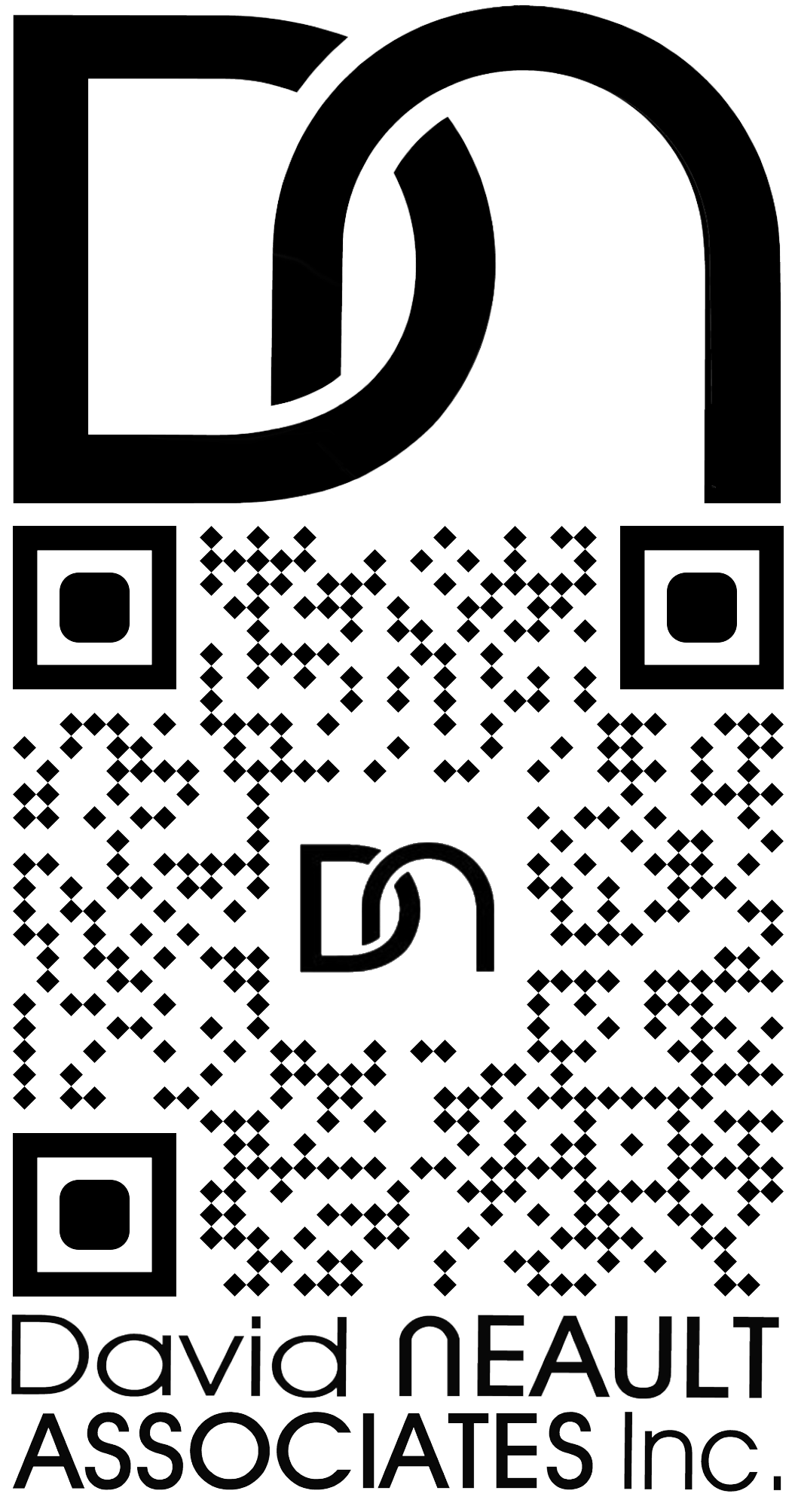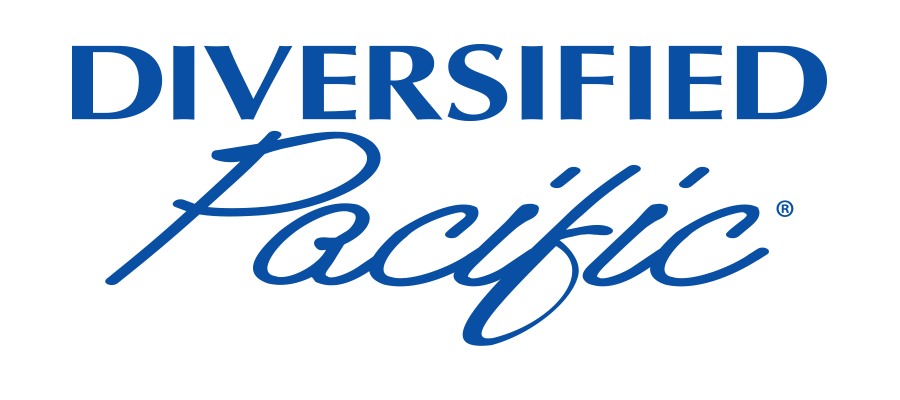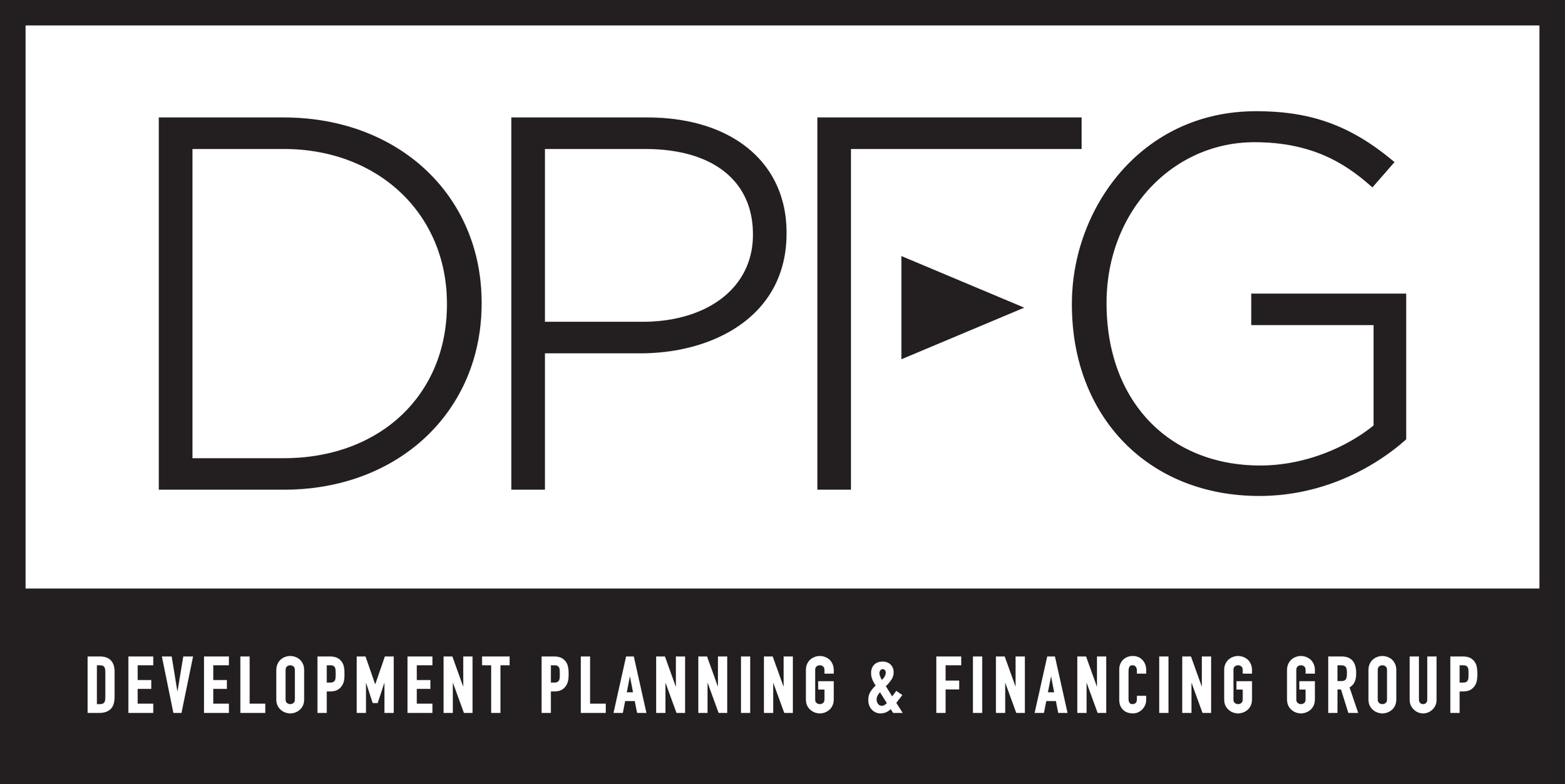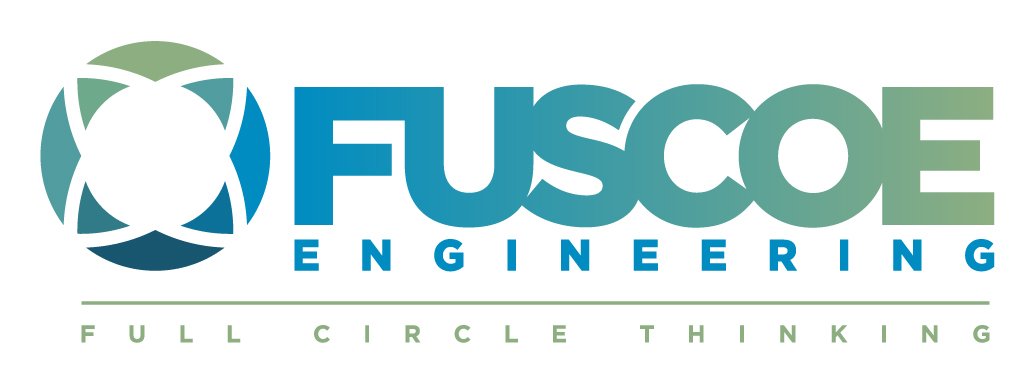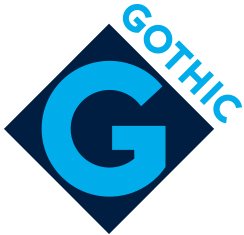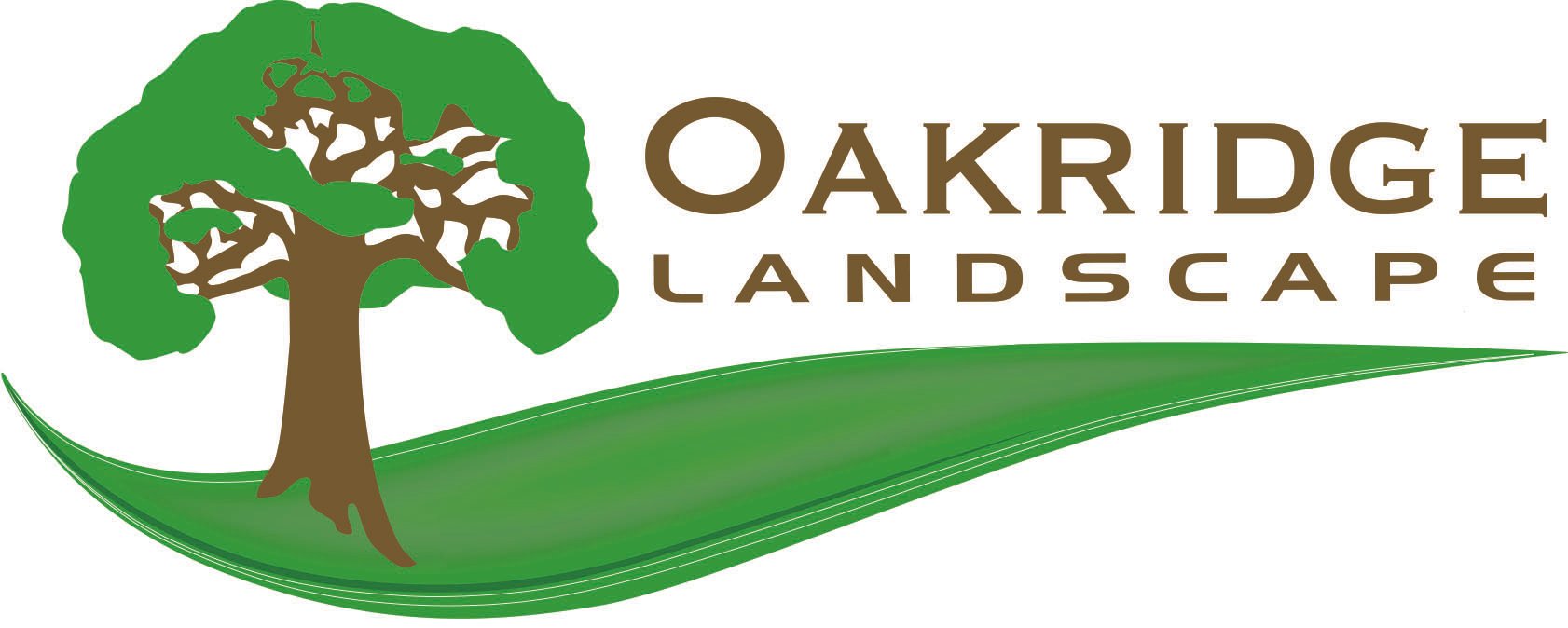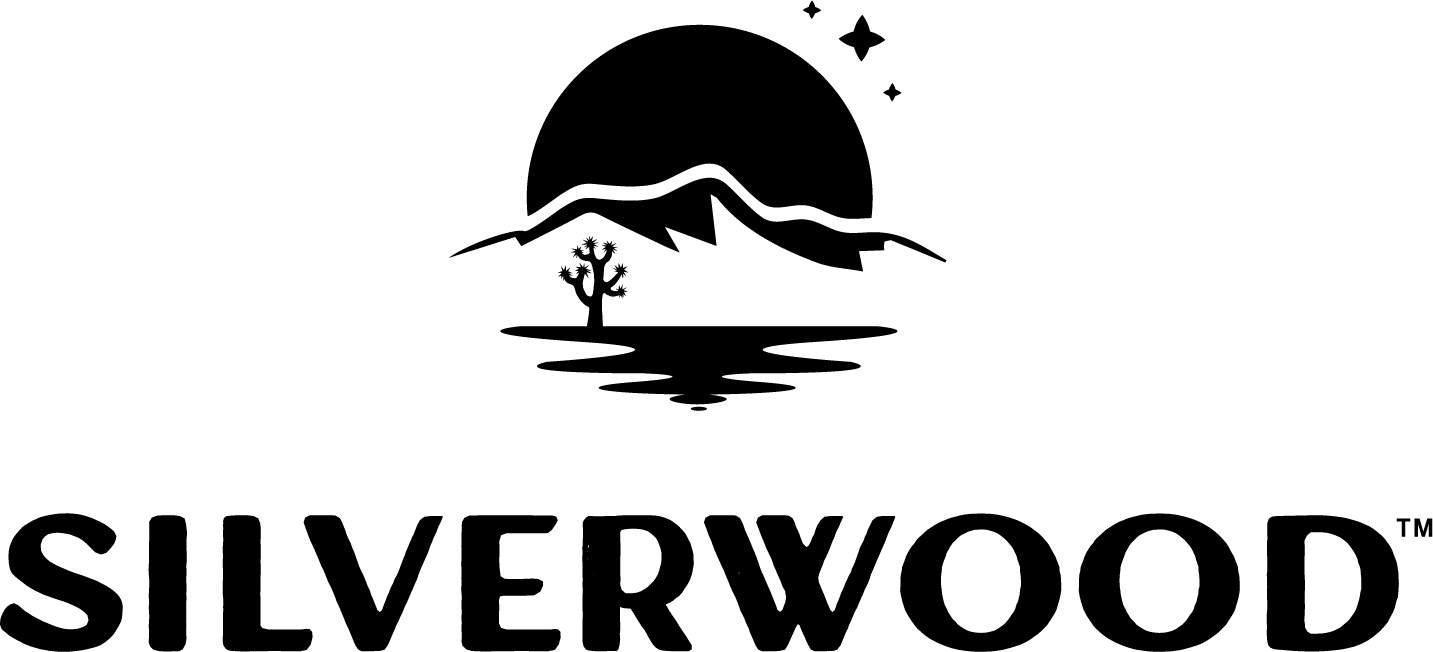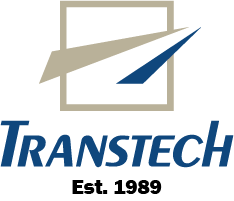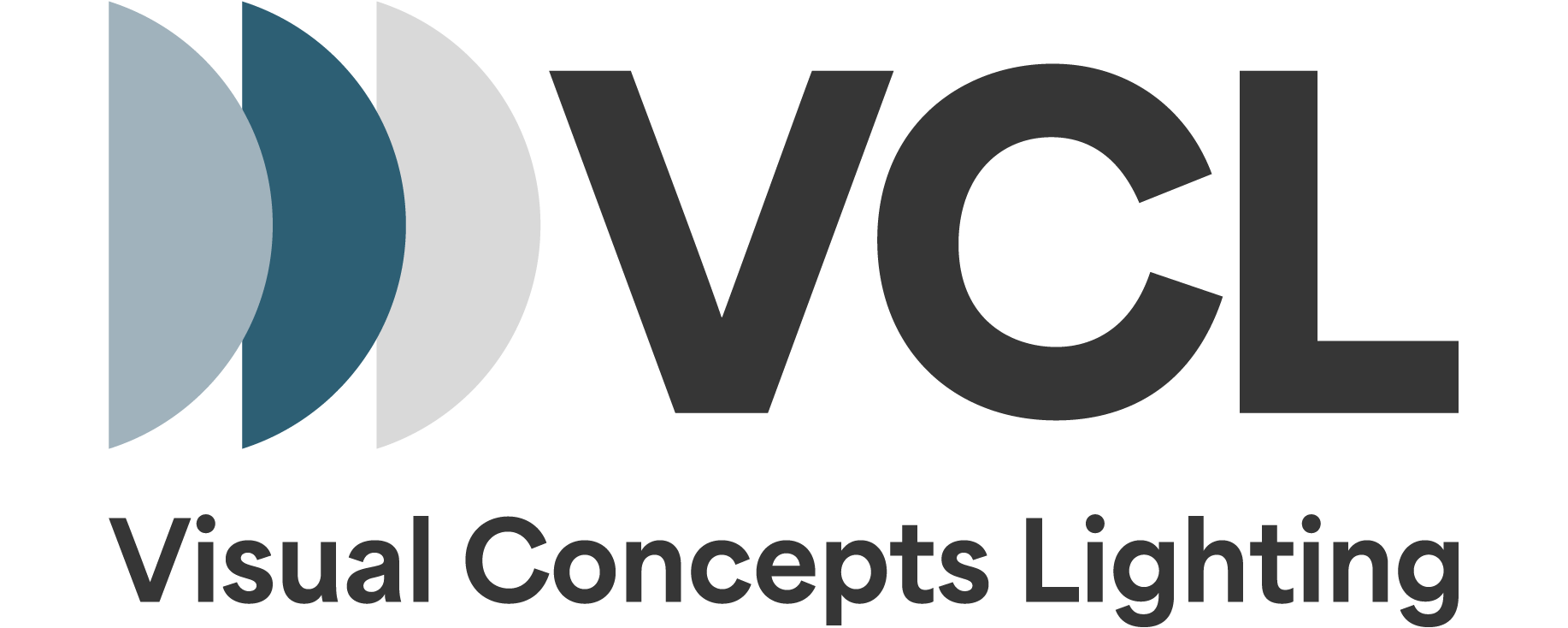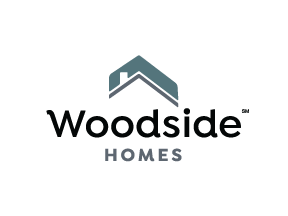By Ali Sahabi of Optimum Group, LLC
President, Building Industry Association (BIA) Baldy View Chapter
The first question homebuyers face when setting out on their path to realizing the American Dream of homeownership is whether to purchase a new or existing home. So, if you are about to make that decision, consider this: The rule of thumb in the homebuilding trades is that building a home will require the talents of over 85 highly-trained and skilled professionals and over a quarter of a million pieces of material to create a single house. Each of those professionals and the manufacturers of those materials will invest a great deal of time staying abreast of the latest in building materials, technologies and innovations to build new homes that offer the finestquality, durability, affordability, energy efficiency, environmental performance, disaster mitigation and safety.
The biggest theme in homebuilding over the past decades has been “going green,” creating new ways to make today’s home better harmonize with its environment. Today, even concrete is going green with alternative concrete substitutes and aggregates. Recycled materials can substitute for sand, gravel and stones. Thanks to these innovations, rainwater can seep through what are known as Permeable Pavers & Pavement systems and filter naturally through soil on its way to groundwater aquifers and surface waters. That means less unfiltered, nitrate-laden stormwater running off paved surfaces into drainage gutters - and since engineered curb and gutter storm drainage systems are costly to design and build, permeable pavement systems can mean lower construction costs.
Another modern innovation in making homes greener is Combined Heat and Power (CHP) systems which can supply electricity much more efficiently than power plants. Using fuel such as natural gas to produce heat and electricity simultaneously, a CHP system can act as a built-in emergency generator. The electricity can power any household device, such as lights and appliances and the heat produced can provide water heating or heat spaces. Home-sized units range in capacity from about 1 kilowatt or kW (a unit of energy equal to 1,000 watt hours) to 6 kW and are about the size of a major appliance.
As we say in the building industry, the environment doesn’t stop at the door. Today’s homes offer healthier indoor environments with innovations such as Mold Resistant Gypsum wallboard products that resist mold because they don't absorb moisture as easily as typical gypsum board and the paperless surface of such products does not support mold growth.
Because today’s new homes come equipped with state-of-the-art new appliances, innovations in appliance technology goes a long way in making today’s home the greenest home ever built. Today, solar water heaters are growing in popularity and federal tax credits have made them a more affordable alternative and one that is growing in popularity because of environmental benefits as well as energy cost savings. Horizontal Axis Washers/Dryers are two-in-one units that run automatically from wash to dry so that users don't have to throw clothes from one machine to the other. The compact size makes it perfect for apartments and condominiums and the units cost less than two separate units. Such machines run quietly and require no venting, so they can be installed almost anywhere. The high efficiency horizontal-axis washer reduces water and energy consumption, and the high RPM (rotations per minute) spin cycle means the dryer uses less energy to dry the clothes.
In the kitchen, induction cook tops offer flexible, safe and energy-efficient cooking. They can go from extremely low to extremely high settings and back again nearly instantly. The stovetop doesn't actually heat up or radiate heat from its surface because the heating elements under the ceramic-glass surface use electricity to produce a magnetic field that heats only the cooking container. Food heats much faster and induction cooking is about 90 percent energy efficient, while gas and electric are about 50 and 60 percent efficient, respectively.
Increased safety and comfort remain a big focus of new homebuilders as well. Today homeowners can get self-cleaning and glare-reducing windows that also reduce the risk of window failure during abnormal weather. In Hydrophilic Impact-Resistant Windows, a window coating causes water to run off the glass surfaces like quicksilver or mercury, preventing permanent water spots and making the glazing easier to clean. Plus, glass laminated with composites provides enough strength to allow windows to withstand high winds and certain projectiles.
The good news for existing homeowners is that most of these innovations are available to homeowners or homebuyers looking to upgrade existing homes.
Today’s new home community builders aim to build the safest, most comfortable and most environmentally-friendly homes in history – and they just keep getting better.
